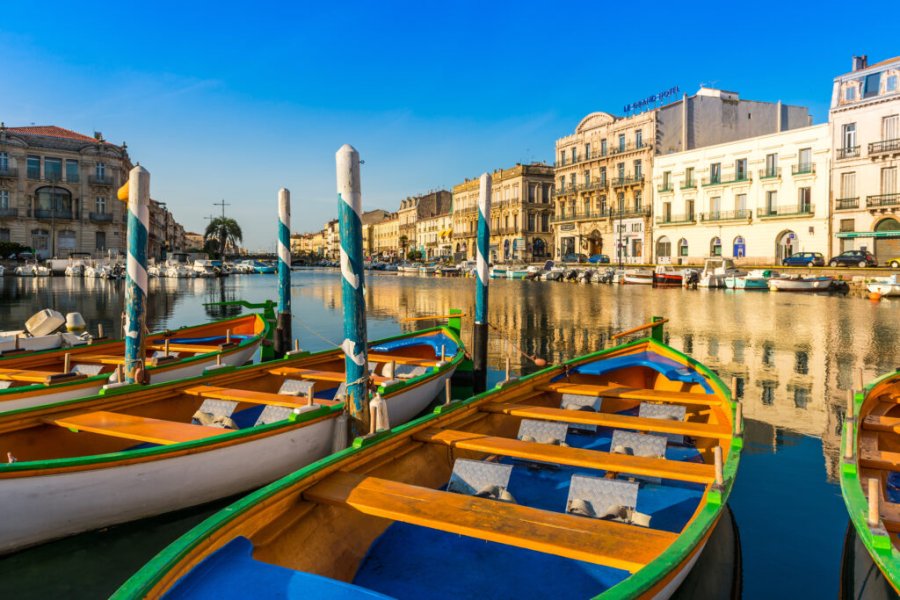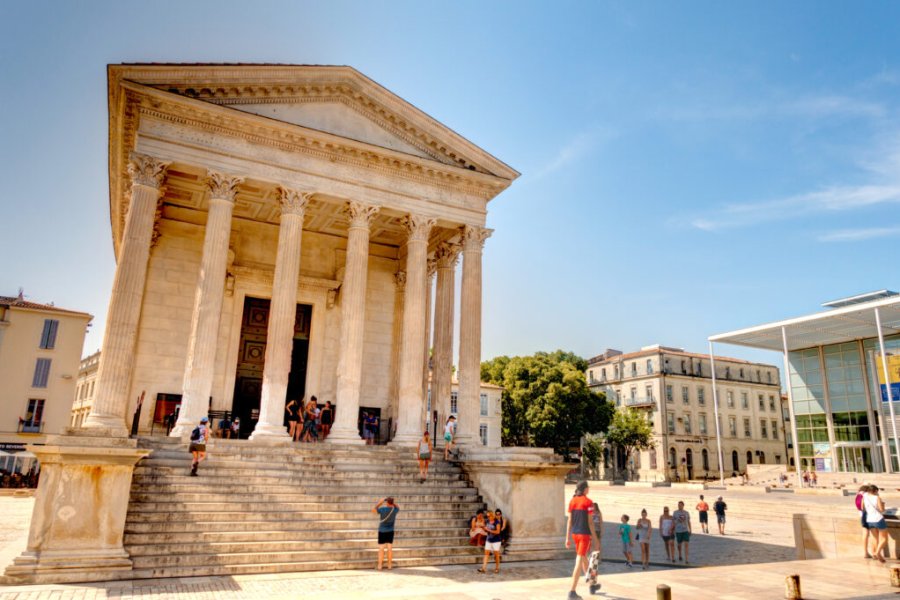Travel Guide Kayseri
Find an accommodation
Advertising
Located north of the volcanic Erciyes mountain, Kayseri, the carpet capital, has kept its conservative soul and is not really concerned by tourism. Its black fortress, its magnificent Seljuk monuments, its covered markets and the colorful old town give it a charm that deserves a few hours of detour. Kayseri is also known for its superb hand-woven wool carpets with organic dye from plant roots as well as its silk carpets with 700,000 knots per square meter which can be very expensive. Now an important industrial and commercial center, the modern neighborhoods are multiplying and make one forget that the region has been inhabited since the fourth millennium BC. The city was first called Mazaka, then Caesarea in honor of Tiberius in Roman times. Its strategic position allowed it to play an important role under the Romans and the Byzantines. Christianity spread rapidly and Caesarea became the seat of the bishop Saint Basil the Great, one of the first Fathers of the Church. The Byzantine city was built 2 km from the ancient acropolis, in the middle of five hills. The Arab invasions began in the 7th century. The Seljuk Turks seized the city in 1071 and occupied Kayseri until 1243, when it was conquered by the Mongols, later replaced by the Ottomans. In 1515, Caesarea became part of the Ottoman Empire. During the modern era and until the Treaty of Lausanne in 1923, the city has a very large Greek and Armenian population. If you come in winter, be aware that it snows a lot. Remember to bring warm clothes because it is very cold. Be careful on the roads which can be extremely slippery.
What to visit Kayseri?
Suggested addresses Kayseri
Weather at the moment
Advertising
Organize your trip with our partners Kayseri
Transportation
Book your plane tickets
Car Rental
Boat rental
Accommodation & stays
Find a hotel
Holiday rental
Find your campsite
Tailor-made trip
Immersion travel
Services / On site
Activities & visits
Find a doctor









